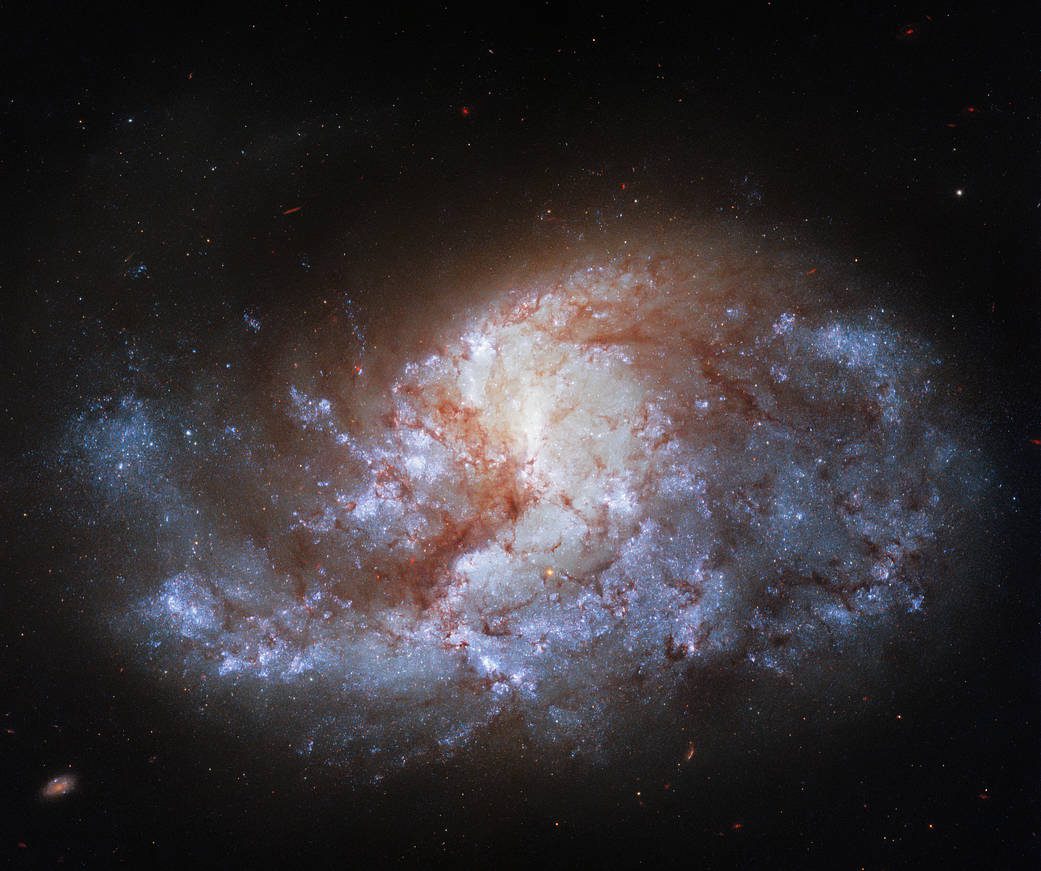NASA made public an amazing discovery of the Hubble Space Telescope – It captured an image of a so-called “jewel-bright” spiral galaxy, which is located approximately 68 million light-years from our planet.
NASA and the ESA worked together on obtaining the photo.
NASA stated in a Friday blog post that the photo depicts NGC 1385, a galaxy from the constellation Fornax.
Hubble’s Wide Field Camera 3 is often dubbed as a “workhorse camera.” It is responsible for capturing the latest image, too, according to NASA.
The camera was mounted in 2019 during the astronauts’ most recent contact with Hubble.
Curiously, the name of the constellation, Fornax, is the Latin word for a furnace.
The ESA stated that the constellation got its name from Nicolas-Louis de Lacaille, a French astronomer who was born in 1713.
“Lacaille named 14 of the 88 constellations we still recognize today. He seems to have had a penchant for naming constellations after scientific instruments, including Atlia (the air pump), Norma (the ruler, or set square), and Telescopium (the telescope),” mentioned the agency.
The photo is the latest addition to a collection of amazing photos by the on-board Hubble Space Telescope cameras during its three decades of wandering through space and capturing data.
This is how the spiralling “jewel” galaxy looks like:
This spiral galaxy shines like a jewel – even from about 68 million light-years away from Earth 💎
Using @NASAHubble‘s Wide Field Camera 3, we can peer into the home of this galaxy in the Fornax constellation. Discover more: https://t.co/VNYUQTngWu pic.twitter.com/t0ACXYQtB6
— NASA (@NASA) August 22, 2021
The galaxy is so pretty that it’s almost hard to believe it’s real and not CGI.
We can only hope that Hubble will keep on sending such beautiful images in the future.












Leave a Reply